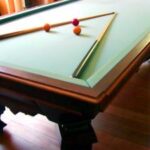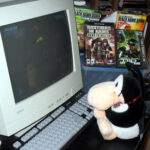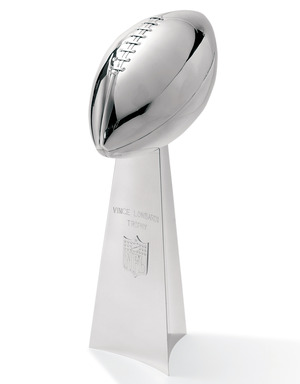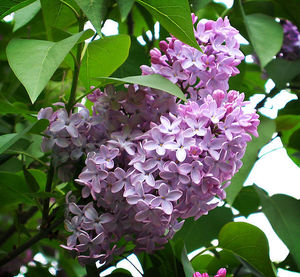Introduction
The fabric used on pool and billiard tables is carefully manufactured to exacting specifications. High-quality billiard cloth is smooth, resistant to stretching, and long-lasting. As a specialty item, its purchase entails considerable expense. Since regular cleaning extends the cloth’s lifespan and makes for a better game of pool, knowing how to clean a pool table will reduce the frequency with which the cloth needs to be replaced.
Daily cleaning – Cleaning a pool table after play
Pool tables should be cleaned after every playing session. During play, cue chalk invariably falls on the cloth. Over time, chalk particles work their way through the cloth, loosening the weave and creating unevenness in the playing surface.
After play, start at the head of the table and brush the dust towards the foot rail. Finish by brushing the debris into the corner pockets then clean the pockets with a rag. Wipe down the rails to remove any chalk residue. Cover the table between playing sessions to prevent the accumulation of dust.
Regular maintenance
From time to time, a more thorough cleaning should be undertaken.
The balls should be cleaned to remove dirt and grime. When clean, they will roll freely and take english readily. Wash them with soapy water, or wipe them with a rag and furniture polish.
It is particularly important to clean the light fixture(s). This prevents a cloud of dust from falling onto the table if the light fixture is accidentally jostled during play.
Don’t forget the ball hopper and the bottom of the pockets. Take the time to feel around for any sharp edges that can nick the balls; fix the problem if one is detected.
Spills and stains
If the unthinkable happens and a drink spills on the cloth, don’t panic.
Good quality wool pool table fabric is resistant to liquids. Modest spills will pool on the tightly-woven wool without soaking through to the underlying slate. Using the most absorbent rag possible – perhaps a quilted paper towel – carefully and slowly allow the spill to wick into the rag. Don’t press against or blot the fabric; anything which disrupts the integrity of the weave will allow liquid through the fabric and increase the severity of the stain. If the fabric is of high quality and well-maintained, it should be possible to absorb virtually all of the spilled liquid.
If, despite your best efforts, the spill soaks through the fabric, it is important to get the table as clean as possible. The slate itself is non-porous, and a thin layer of beeswax is often applied which makes it even more so, but if the stain is not taken care of it will damage the playability of the fabric.
Try to absorb as much of the liquid as possible. Firmly blot the spill, but never rub the absorbent rag against it. Then, carefully wet the area with clean water and blot it up with another dry rag. Repeat this step until the cleaning rag comes away damp but colorless.
Some advise the use of carbonated water – club soda or seltzer water – for this purpose, but it can be difficult to tell if the water is pure or if it has been adulterated with added salts. Carbonated water with salt added is unsuitable.
Broken Glass
A shattered light bulb will scatter tiny slivers of broken glass over the pool table fabric. This is difficult to clean, especially when a lower-quality fuzzy fabric is involved.
The judicious use of a vacuum cleaner is warranted, but avoid anything that will drive glass slivers into the fabric. Try to pull the glass straight up from the table surface. Pressing the cloth lightly with sticky tape may remove additional glass. Again, higher-quality fabric will be much easier to clean after an accident of this type.
Tips to help keep a pool table clean
· Pool balls pick up a lot of grime. This grime will end up on the playing surface. Keep them clean to reduce cloth “burns”. If a ball falls off the table, wipe it down with a clean rag before returning it to play.
· Never chalk a cue over the table. If it’s necessary to rest the chalk on the rails, keep it facing “up”. The rails should remain chalk-free.
· Never use powder on the hands or cue. Instead, keep the hands and cue clean. If necessary, use a pool-shooting glove.
· Don’t put drinks on the rails.
· Don’t throw cues or the rack onto the table surface. Make sure there are no sharp edges or splinters on the rack. During the game, store the rack in its slot; don’t throw it on the floor.
Summary
A clean pool table is a pleasure to play on. Dirt has a negative effect on the game and reduces the lifespan of the playing surface. Regular maintenance and quick attention to spills keeps a pool table in top condition.





